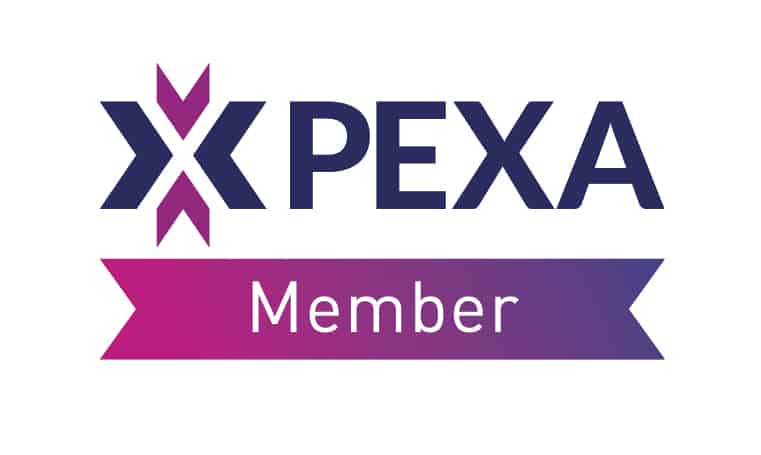
Buying a new property and selling your old one can be complex and expensive. Timing is a key consideration. Should you sell your property before buying a new one? Or should you buy your new property before selling your current one? Simultaneous settlement is one way to resolve that dilemma.
What is simultaneous settlement?
Settlement is the final process in the transfer of property ownership. It usually occurs weeks or months after the exchange of contracts for sale and payment of a deposit. On settlement you pay the balance of the sale price and get the keys to your new property.
Simultaneous settlement is when you settle on the property you are buying and on the one you are selling at the same time.
Simultaneous settlement vs buy or sell first
Buying first
If you buy your new property before selling your current one, you will own two properties for a short time. You may have to repay two home loans at the same time – on your current mortgage and on your new mortgage.
This may put you under pressure to sell your current property quickly, possibly for less than you hoped, so you can pay for your new property.
Selling first
If you sell your existing home before buying a new property, you will have to find somewhere to live in the meantime. This may require you to rent or to stay with friends or family until you buy.
However, it may be possible for you to stay in your current home for a while if you can negotiate a “lease-back” agreement with the buyer of your home. You agree to pay the new owner rent while staying in your place for an agreed period. You may however have to accept a lower sale price as an incentive to the buyer to accept this arrangement.
Simultaneous settlement
Simultaneous settlement removes these timing problems and could save you money. If all goes according to plan, you finalise the sale of your old property at the same time as you settle on your new one. Monies from the sale of your old property will go towards paying off your mortgage and any surplus funds can be used to reduce the mortgage on your new one.
The timeline
Following are the steps to follow for a simultaneous settlement
- Decide if you want to buy the new property first or offer your property for sale first.
- Engage a solicitor to manage the settlement process through an Electronic Lodgement Network Operator (ELNO).
- If possible, arrange for an extended settlement period on either the purchase or the sale. If you buy a new home first, arrange an extended settlement period to allow you more time to sell your existing home. If you sell your existing home first, negotiate for more time to find a new home before you can settle.
- Arrange for the mortgage on your existing home to be discharged.
- Establish a new mortgage on your new property, if necessary.
- Register the transfers of title, and any new mortgage, with NSW Land Registry Services.
- Move from your old home into your new one.
Simultaneous settlement – advantages
- You won’t need a bridging loan. If you buy a new property before selling your existing home, you may have to repay the mortgage on both your current property and on the new one. The second mortgage is often a bridging loan with a high interest rate. Bridging loans generally have a time limit (often 12 months) so you can be under pressure to sell.
- You won’t have to find alternative accommodation. You can move into your new place straight away. You won’t have to store your furniture, stay with friends or family, or rent a place as you would if you sold first.
- You can move out and in on the same day. Vacant possession of both properties would usually be required on the day of settlement (or on the following day by arrangement). Unless you are moving a long distance away, you can move out of your current property and into your new one on the same day, reducing your removal costs and removing the need for temporary storage of your possessions.
Simultaneous settlement – disadvantages
- It requires flexibility. You will usually need to try to negotiate an extended settlement period. If you sell your existing home first, you may stipulate an extended settlement period to allow you sufficient time to find a new home. However, if you find a new home before the end of the settlement period, it may be difficult to get the other party to agree to a reduce the settlement period.
- It’s a fairly complex financial and legal process, requiring precise timing and payments to and from a lot of parties. For example, you will want payment from the buyer of your old property, and the owner of the property you have bought will want payment from you. Also, your lender and the other party’s lender will want their requirements met. There may also be payment claims from real estate agents or co-agents.
- You may have to make concessions, such as selling your existing home for a bit less than you wanted, and buying your new home for a bit more than you intended to pay.
- If you buy first, you can try to make your purchase ‘subject to completion of sale’ of your existing property (i.e. you don’t have to settle on your new home until you sell your home). However, the seller may not readily agree to this condition, especially in a ‘seller’s market’ where properties are in high demand.
- The settlements rely on each other. If there is a problem at either end, it could lead to delays, the imposition of penalty fees and default interest, possibly even the loss of the deposit on your new home. If there is a chain of settlements, the seller or buyer may be involved in their own simultaneous settlement.
What happens on settlement day?
Tasks your solicitor will undertake leading up to and on settlement day include:
- Making adjustments to the transfer prices for advance or arrears payments of council rates;
- Discharging any mortgage on your existing property and ensuring that any previous mortgage on your new home has been discharged;
- Checking clauses in the sales contract;
- Removing any rights someone else may have over your new property;
- Registering the transfer of the land and your new mortgage with NSW Land Registry Services.
Bridging loans – an alternative to simultaneous settlement
If you buy before selling your home, repaying two mortgages by taking out a bridging loan may be a possibility. A bridging loan is taken out on top of your existing home loan and usually has a much higher interest rate and a time limit (usually 12 months).
Bridging loans are often interest-only loans (i.e. your lender will not expect you to repay any of the loan principal). Your lender may require you pay both loans at the same time, or may allow you to pay only the mortgage on your existing property until you sell your home (in which case the interest on the bridging loan is added to the principal of your new loan).
You will need to have a lot of equity in your existing home, and may be required to prove you can meet two sets of repayments.

How can we help?
Simultaneous settlement is worth considering; it can make the transition from your old to your new one easier. However, a lot of things need to fit into place for it to be successful. It is important to do your research before going down this path.
Contact us if you or someone you know is considering going down the path of a simultaneous settlement.




